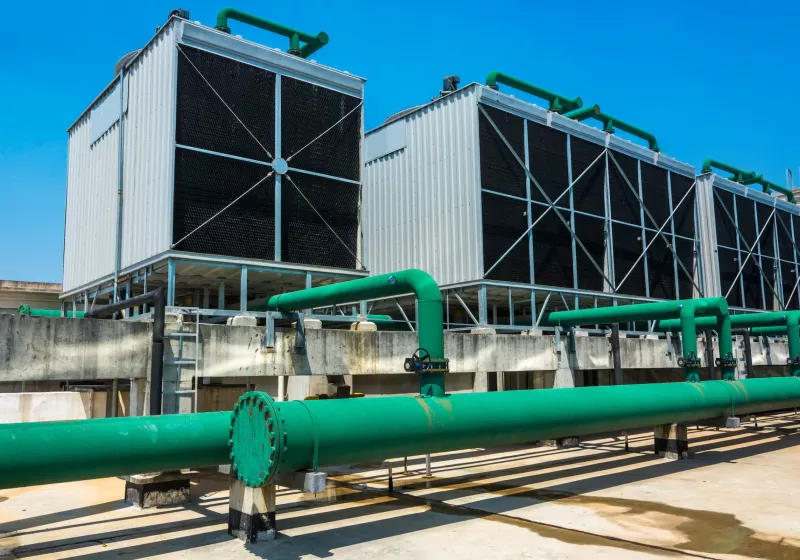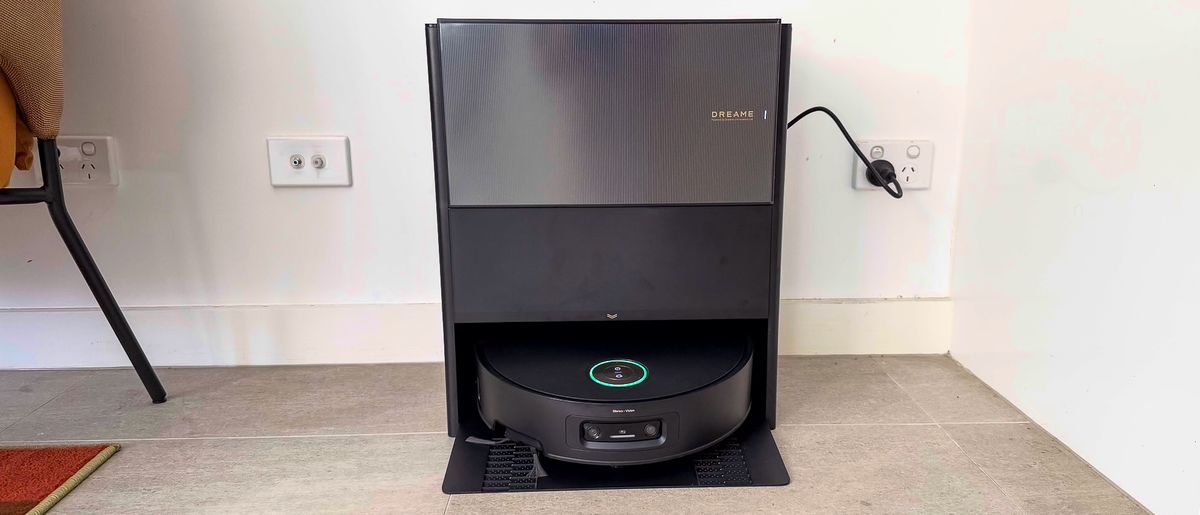When you look for SSD deals, your first thought might be to opt for something budget friendly. Naturally, low-capacity SSDs would seem like your best bet in this respect, but do they work out as more cost-effective in the long run?
While they might seem to provide the best value for your current requirements, there are so many reasons to choose a higher-capacity internal or external drive instead – think better performance, durability, endurance and much more. Let’s investigate!
Principal SSD Product Engineer at Micron.
1. Faster performance
As a rule, bigger SSDs are faster. This has been true since the very early days of solid-state storage. As NAND flash technology has evolved, this difference in speed has become even more stark
Believe it or not, the speed with which you can write a single bit of data to a spinning hard drive is faster than writing a single bit of data to a NAND flash device. Fortunately, we don’t have to write only a single bit of data to the NAND flash.
In fact, we can write thousands of bits of data to NAND flash simultaneously. We call this concept “parallelism.” Put simply, we can write a lot of data in parallel instead of a single bit at a time as for an HDD. This provides the immense speed advantage observed in today’s SSDs.
Obviously, smaller SSDs have less NAND flash memory, and fewer individual “die,” which are the tiny silicon devices on which the memory is built. Fewer die means less parallelism and less speed.
Often, a 500GB-class SSD will be at least a third slower than a 1000GB-class (or 1TB) SSD. Parallelism does have its limits, so while a 2TB SSD tends to be a bit faster than a 1TB, the gains flatten out when you start looking at 4TB and 8TB SSDs.
On the other hand, as you start to look at even smaller SSDs in the 240GB, 120GB, or even 64GB classes, you start to see serious drops in performance. With today’s technology, 120GB and 240GB SSDs are impractically slow in performance, and 64GB SSDs are rarely even built.
These lower capacity SSDs can be efficient for everyday tasks and more affordable for users with basic storage needs. However, higher-capacity SSDs deliver noticeably faster performance for demanding workloads.
Bigger SSDs can perform significantly better during intensive tasks, maintaining faster speeds, and making them ideal for users who require consistent, high-level performance.
2. Higher endurance
For SSDs, “endurance” is the characteristic that tells the user how much data can be written to a device over its defined lifetime. It has long been known that NAND flash devices can only be written a certain number of times before they start to lose the ability to safely retain stored data.
Endurance is described by an attribute called TBW, or total bytes written. For laptop and desktop SSDs, this number ranges into the hundreds and even thousands of terabytes, with a terabyte being 1000GB. For enterprise-class SSDs, these numbers range into petabytes where 1PB equals 1,000,000GB!
Let’s put these numbers in perspective. If an SSD’s TBW is “only” 300TB, that means over a 5-year period, the user can write as much as 164GB of data every day. Now, consider this: many of the most popular PC gaming titles can take up as much as 100GB or 200GB all on their own.
To be sure, this amount of data is not written daily, but it gives perspective to the explosive growth of data usage in today’s computing environment. By investing in a modestly priced 2TB SSD, that amount of data per day can be increased to more than 650GB every day. That gives the user a lot more headroom in our data-intensive lives.
3. Better value per terabyte
While SSDs generally cost more than hard disk drives and other storage options on a per-terabyte basis, this directly reflects their cutting-edge technology and sophisticated manufacturing process.
After deciding to go with solid state, the consumer must determine if the next step is worthwhile, purchasing a bigger SSD. In the comparison of high-capacity SSDs to their lower-capacity options, larger drives often deliver better value per gigabyte, making them a smarter investment.
Let’s look at a given SSD model, let’s say, the Crucial P310. Across the capacity points for P310, the SSDs use the same PCB and controller. Therefore, you are only paying for the cost of the added NAND flash memory as we increase capacity. This means that the retail price of the SSD does not have to scale directly by capacity.
4. Free space helps maintain performance
Low-capacity SSDs offer good performance for everyday use, but like all drives, they perform best when not filled to maximum capacity.
Higher-capacity SSDs provide more space for efficient wear leveling and data management, helping maintain faster speeds and better endurance over time.
When SSDs approach full capacity, they must perform ‘garbage collection’ to optimize storage in foreground instead of background, which temporarily slow down lower-capacity models more noticeably.
In addition, for TLC- and QLC-based SSDs, modern architectures use significant segments of the NAND flash in speedy SLC-mode (single level cell, or 1-bit per cell) as a data cache to increase the SSD’s performance.
Larger SSDs benefit from bigger caches, ensuring smoother and quicker read/write operations. This means investing in higher-capacity SSDs not only gives you more storage but also helps sustain peak performance longer, delivering a more reliable and responsive experience.
5. FOMO: Future-proofing your experience
High-capacity SSDs are increasingly becoming popular for GenAI creatives and anyone who works with large files, requires high-resolution media or deals with resource-intensive systems.
Big SSDs future-proof their workflow and in some ways prevent FOMO (in this case, fear of missing out on storing important files or the next big game) by solving future data needs now.
If a creative professional starts with a 500GB SSD, let’s keep in mind the first 64GB of your SSD is used up simply installing Windows. That’s without installing any applications or utilities. Add music and video libraries, and you can see how quickly that 500GB can be used up.
As new forms of media such as 8K videos and complex animations become more accessible, creatives are looking for SSDs that can better streamline their workflow without having to upgrade frequently.
With higher capacity and better-performing SSDs, creatives can avoid waiting ages for data to load, save and render, which will boost their production turnarounds and overall experience. Finally, a key concern for any creative is the loss of important data due to system failure or corruption.
Due to their massive space specs, high-capacity SSDs enable multiple backups, ensuring files and iterations continue to remain intact. They also allow for the creation of multiple redundant copies, which is useful for collaborative work settings.
While your data requirements may be varied, opting for a high-capacity SSD can, in the long run, provide a far more cost-effective solution, whether performance, durability, creativity, or sheer convenience.
Although initially opting for an affordable SSD can be enticing, the limitations of this type of SSD can be reached sooner, impacting a worker’s efficiency or a gamer’s enjoyment.
On the other hand, a slightly more expensive, but higher-capacity SSD offers greater durability plus faster speeds. Nothing kills momentum like a “storage full” warning mid-project. These storage devices can support you well into the future, especially when working with demanding applications.
We've featured the best portable SSD.
This article was produced as part of TechRadarPro's Expert Insights channel where we feature the best and brightest minds in the technology industry today. The views expressed here are those of the author and are not necessarily those of TechRadarPro or Future plc. If you are interested in contributing find out more here: https://www.techradar.com/news/submit-your-story-to-techradar-pro









 English (US) ·
English (US) ·